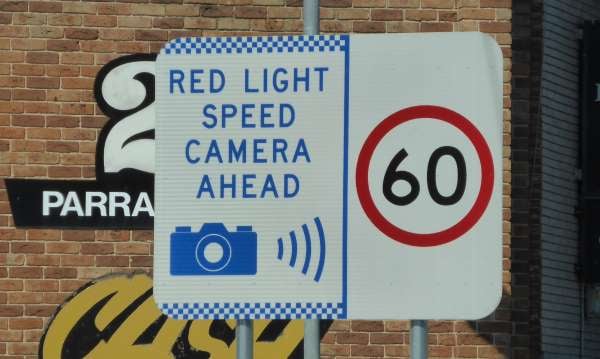Perhaps the relative geographic proximity between New Zealand and Australia allows for a certain level of similarity in different areas of life, but this is usually an erroneous presumption. This is especially true when it comes to driving. The terrain leads to a wide-ranging set of laws and car insurance rules that are not in one country versus the other.
If you currently live in one country and plan to move to the other, then there are a few things you need to be mindful of moving forward, especially when it comes to driving. The following information should help you in making the right decision.
Similarities
Let’s start with the similarities between driving in Australia and New Zealand. Australians can use their driver’s licenses in New Zealand for up to 12 months from arrival, and the same applies to New Zealanders travelling the other way. Although, you should bear in mind that you will need to be mindful of the license conditions when it comes to the class of the vehicle you are driving.
Another clear similarity is that you drive on the left-hand side of the road in both countries. The speed limits are less in New Zealand – a maximum of 110km/h (but only on a select few roads), while the transport agencies have been actively reducing the speed limit on many inner-city streets. 50km/h is the urban limit whereas 100km/h is the open road limit. Furthermore, the laws against drunk driving are incredibly strict, and police are not shy at all about enforcing these laws.
Signage and safety
From here, the similarities end and the differences begin. Each country has its own list of distinct road signs that you need to be aware of. In New Zealand, warning signs are the same, but parking signs are very different. Regulatory signs (black writing on a white background) are virtually the same, but you won’t find speed camera and red light camera sites marked in New Zealand like they are in Australia.

Clearways, no stopping and no parking zones have different signage and road markings; a broken yellow line means no stopping in New Zealand, whereas it’s a solid yellow in Australia.
Insurance
The car insurance policies differ in New Zealand from Australia, so you should switch your current policy before moving. Before buying you need to do a lot of research – the Australian comparison service Compare the Market is an excellent place to start if you’re moving to Australia and glimp is a good option for those heading to New Zealand.
Bear in mind that there are some public roads in New Zealand where insurance policies are not valid – check your policy detail.
Fuel prices
The price of fuel in New Zealand is significantly higher than in Australia, so this is something you should keep in mind before travelling or moving there. Always look into the data before deciding to drive there so that you are well aware of the current prices of petrol or diesel, or else your budget could get out of hand fairly quickly.
Road etiquette
New Zealand’s driving laws are very similar to Australia’s: give way to your right and keep left unless overtaking. There’s no hook turn, though, like there is in Victoria. New Zealanders tend to tailgate aggressively, particularly if you are driving under the speed limit.
Whether you are going on a laid back road trip with friends or hoping to move to another country, then it is important to do the proper research first. Driving seems similar on the surface, but there are a few key differences you should be aware of.

